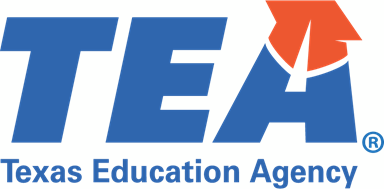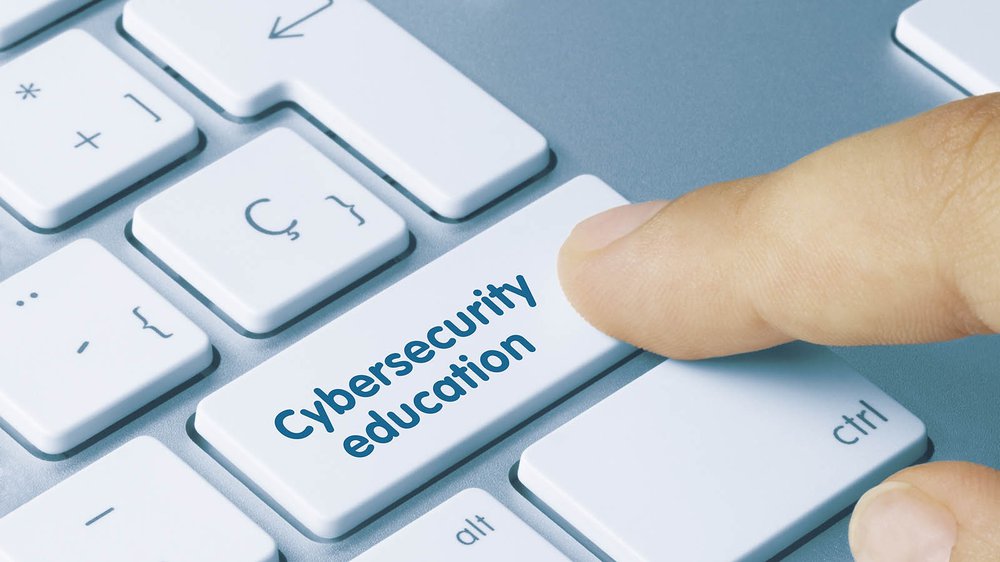Attention to K-12 cybersecurity grows in nearly 100 bills introduced in 2020 By Roger Riddell, K-12 Dive
A new report from the Consortium for School Networking analyzes trends in K-12 provisions in the close to 100 cybersecurity bills introduced in 27 states in 2020.
Of the cybersecurity proposals, 10 pieces of legislation were passed into law in Alabama, Florida, Louisiana, Massachusetts and Virginia. Those addressing risks in K-12 in particular focused on cybersecurity instruction for students, technical assistance to schools, and investments for improvement in technology and professional development.
At the federal level, another 10 proposals commonly focused on building a cyber workforce, expanding cybersecurity awareness and training, technology investment, and ongoing research into the K-12 cyber-landscape.
K-12 has become a top target for hackers in recent years due to the combination of high-value data available and the sometimes lax level of cybersecurity measures in place, commanding greater attention to the issue from lawmakers and policymakers. Even before the COVID-19 pandemic sent most schools into remote online instruction and created new risks, districts' technology adoption and the increasingly digital nature of classrooms were outpacing what budgets could allow when it comes to hiring personnel with cybersecurity expertise.

Louisiana launches tutoring initiative to address unfinished learning, improve academic achievement – By Chris Rosate, KNOE
During this school year, parents often have to take on the role of teacher while their child is learning from home, which hasn’t been easy for most.
“It’s kind of hard sometimes trying to remember 5th grade information as an adult,” said LaTissa Naverre, a concerned parent.
Naverre is the mother of a 5th grade girl at Dufrocq Elementary and says her daughter, once top of the class, is now finding herself lower on the totem pole.
“She was typically a straight A, maybe A-B here and there student, but now getting closer to C’s”, said Naverre.
And she’s is not alone.
“A lot of 4th and 5th grade parents are saying they’re noticing a difference in their child’s grades. The most challenging part is them basically having to self-teach a lot more than they would,” said Naverre.
To help those parents and students who are struggling with the back and forth between in-person and online learning, the Department of Education plans to provide $1 million to jumpstart the “Accelerate Initiative”. This program will provide additional tutoring sessions to students all across the state.
“We will provide the tutoring lessons in grades kindergarten through 8th grade for reading and math to school systems throughout the state. And they have already been made aware that these resources will become available. And hopefully, they’re in the process now of planning out what this could look like for their students in the spring,” said State Superintendent Cade Brumley.

Amid Texas’s Substitute Teacher Shortage, Many Classrooms Are Being Led By Administrators, School Staff and Uncredentialed Stand-Ins – By The 74 and The Texas Tribune
When high school teacher Jennifer Lee came down with COVID-19-induced pneumonia during winter break, first-year teacher Hana Oglesby-Hendrix “adopted” her class.
The two teachers share a portable building at Harker Heights High School in Killeen Independent School District, and substitutes are harder to come by than in previous years. Since the beginning of January, Oglesby-Hendrix has regularly rushed to the door separating the two classrooms to make sure Lee’s students have everything they need, sometimes interrupting her own work if a student walks in late or needs help with an assignment. She receives supplemental pay, up to $120 per day.
Lee’s students regularly share their unhappiness with the arrangement. “They basically have become virtual students because that’s where most of their work is,” Oglesby-Hendrix said.
Texas school districts, like those across the country, are having trouble keeping their classrooms staffed as teachers stay home for COVID-related quarantine or isolation and the well of substitute teachers is drier than in past years. Like many other industries requiring in-person work during the pandemic, schools are being disrupted by the persistent employee absences and the inability to easily find replacements. School leaders are coming up with solutions on the fly: tagging in paraprofessionals and administrators to take over for teachers, combining multiple classes in a room and even reverting to virtual school for days at a time.

State superintendent: Extend the Michigan school year to combat pandemic learning loss – By Koby Levin, Chalkbeat Detroit
Michigan’s top school official wants state lawmakers to increase the minimum number of days children are required to attend school.
Michael Rice, state superintendent, said that the pandemic has exacerbated students’ learning needs. With schools closed to slow the spread of COVID-19, thousands of students statewide spent much of the last 10 months learning online.
“Most students will receive less instruction from March of last year through the end of this school year than in any similar period of their education,” he said, speaking before members of the Michigan house and senate education committees.
“The current minimum number of days 180 was too low before the pandemic. It isn’t close to that of high performing nations. Students and staff need more coming out of the pandemic. The state legislature should raise the minimum number of days to underscore the need for more time.”

Dr. Michael F. Rice, State Superintendent











